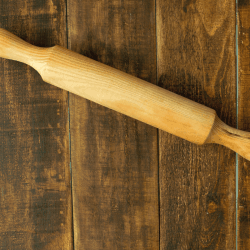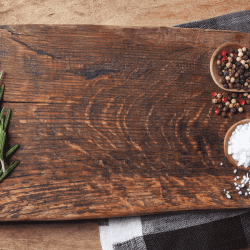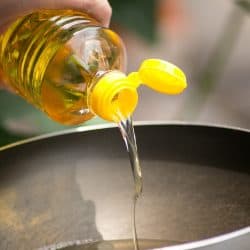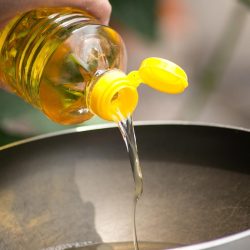Wooden rolling pins are functional tools for busy bakers and cooks that double as humble works of art as well. Caring for your wooden rolling pin is a task that will extend the life of your rolling pin and make your next recipe a bit easier. We've found out how to care for wooden rolling pins and are delighted to share our research results with you.
One should practice sanitizing and oiling their wooden rolling pin. These tasks are essential to keeping the rolling pin in quality food-safe condition. For example, without oiling the rolling pin, it could crack and warp. Also, oiling the rolling pin often will prevent the pin from accumulating food debris or developing mold growth in the wooden grooves.
Are you interested in learning more about how to sanitize and oil a wooden rolling pin? What food-safe products are the best for these tasks? How do you store a rolling pin properly? Please continue reading to learn more about the care and handling of wooden rolling pins.
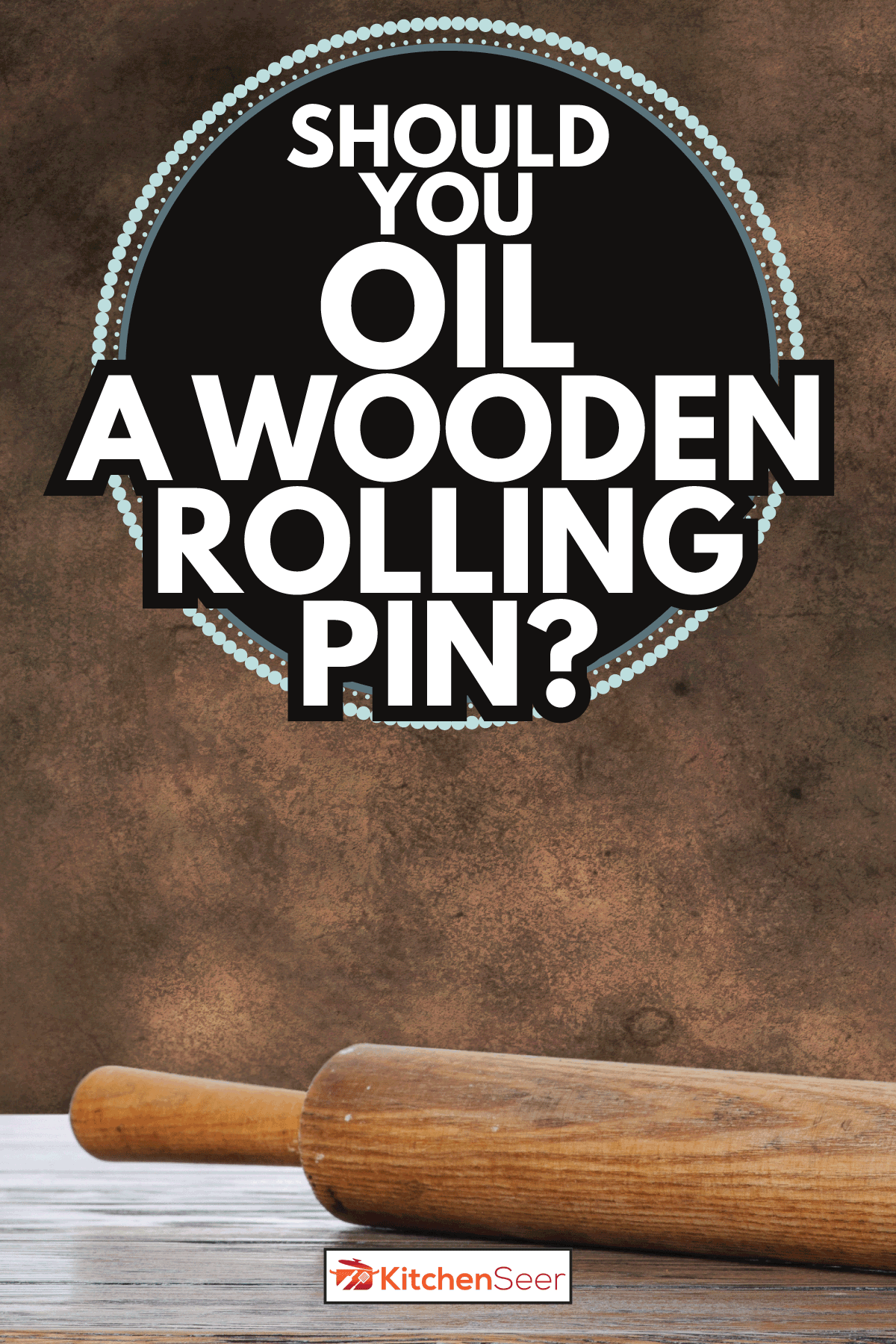
How to season a new wooden rolling pin
A user manual should accompany a new wooden rolling pin to give basic instructions for seasoning and the suggested frequency for oiling. However, there are industry-standard protocols to follow that are applicable to any brand's wooden rolling pin.
Firstly, remove the rolling pin from the packaging and wipe the pin off with a dry terrycloth towel or paper towel. Then, gently sprinkle the rolling pin's wooden surface with food-grade mineral oil or butcher block oil.
Click here to view this product on Amazon.
Next, take a clean terrycloth towel and rub the oil into the entire wooden rolling pin, except for the handles. Next, set the rolling pin on a clean surface; a plate or cookie sheet works well for at least an hour to allow the oil to penetrate the surface fully. Double-check to ensure the oils have soaked into the wooden surface before putting the rolling pin away.
How often should you oil a wooden rolling pin?
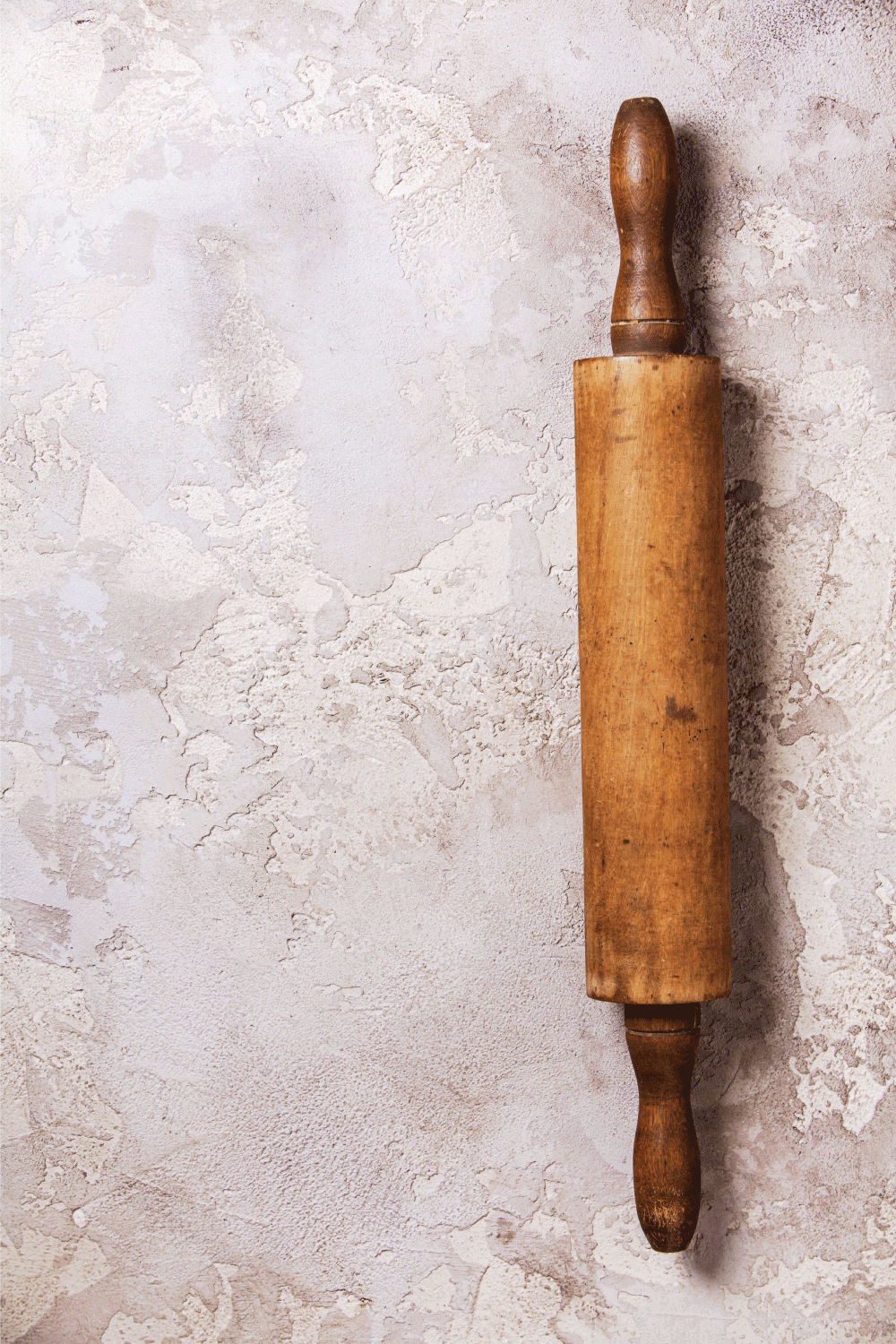
The answer to this question will be unique to the frequency of use and the climate where you reside. For example, cold, dry climates will dry the wood and call for more frequent oiling than those living in warmer humid climates. Also, the time of year could affect the frequency of oiling.
General maintenance suggests that after each use, one thoroughly sanitizes the rolling pin. Please follow the sanitation directions below. Then, lightly oil the wooden surface after each use with food-grade oil.
If you haven't used your rolling pin for a few weeks or longer and decide to tackle a recipe, you may realize that your wooden rolling pin seems a bit dry. You could always dust the pin with a dry towel, oil it, and allow the pin at least an hour to fully absorb oils before using.
Safety considerations for oiling wooden rolling pins
Do be aware that many home cooks and online blogs promote olive oil, walnut oil, or many other types of nut or vegetable oils for oiling wooden rolling pins. These will easily oil the pin; however, these are not a food-safe option because the nut and veggie oils will become rancid within the cracks and grooves of the wooden surface. The FDA has approved food-grade mineral oil for consumption and topical uses and does not condone the use of nut or vegetable oils.
Not all mineral oil or butcher block oil is food-safe. Always research and thoroughly read about the product before applying it to any utensil. We suggest only using approved and regulated food-grade oils for the utmost safety in your kitchen.
How to sanitize a wooden rolling pin
Sanitizing a wooden rolling pin is the most important step for maintaining a safe and useful rolling pin. Immediately after use, start wiping the rolling pin. The sooner you start cleaning it, the easier the task will be. Preventing the growth of bacteria or mold is a high-priority task in any cook's kitchen.
Stand the pin vertically and wipe it up and down. This will help remove the bits of dough quicker. Next, wipe the rolling pin with a clean wet cloth to remove any bits of debris. If the surface is extremely caked with stubborn dough, you could use a pastry scraper to scrape the debris off with an up and down motion.
Then, dry the rolling pin with a clean, dry terry cloth towel or paper towels. After drying, set the rolling pin where there is plenty of airflow for an hour or more to fully dry before returning the rolling pin to its storage area.
Time-saving sanitizing tips and tricks
It is best to avoid using dish soap because it could easily get trapped in the wooden grooves and rolled into the next batch. Surely soap residue would affect the taste and safety of the pastries. If you feel that using soap is a must, only use a small amount of mild dish soap. Then wipe the surface with a clean, wet kitchen towel and only use water. Repeat this step twice or more if needed.
Always avoid dipping the pin into the sink or submerging the wooden rolling pin. Either of these actions will result in damaging the pin with water exposure. The reasoning, when the pin is submerged in water, the wood will expand, and when it's drying, it will return to its regular size. Expanding and constricting will cause minor stress cracks in the wood, which creates a breeding ground for bacterias and molds to flourish. Also, the size of the surface will change and warp. Either way, the wooden rolling pin will be rendered useless after water submersion.
How to store a wooden rolling pin
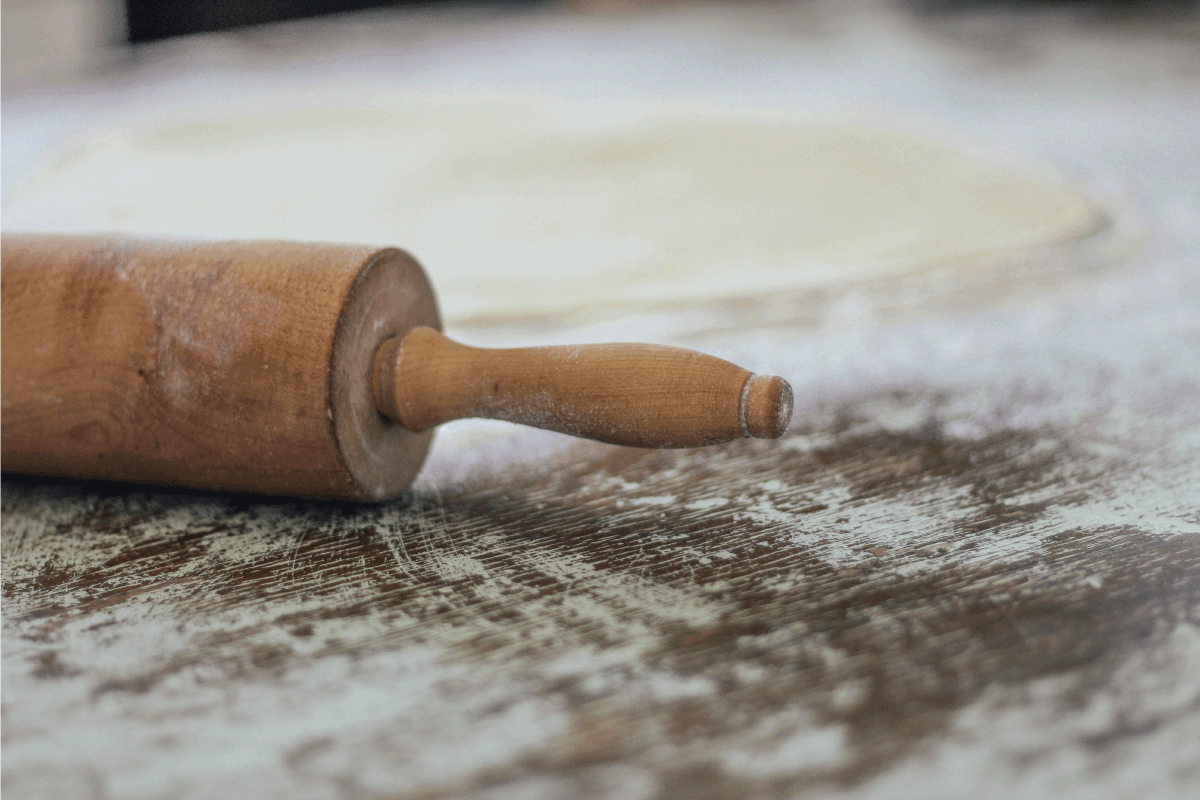
Always store your rolling pin where there is consistent airflow, and it has little to zero moisture exposure. Minimizing moisture exposure will help reduce the risk of bacteria, mildew, or mold from settling into the wooden surface. Also, the continual airflow will help diminish these risks as well. Storing the rolling pin standing vertically in a large kitchen vase is a popular option. Also, many cooks hang their wooden rolling pins on the wall with a display rack.
Click here to view this airflow-friendly display rack on Amazon.
Can you put a wooden rolling pin in the dishwasher?
No, you must never wash a wooden rolling pin in the dishwasher. The hot water, detergent, and duration of the washing cycles will cause the pin to bend, crack, and warp from the hot water. The pin will not roll properly if the wood is damaged. Also, the wood cracks will collect bacteria, dirt, dust, mold, mildew, and lint.
For more information on this topic, check out this post: Can You Put A Rolling Pin In The Dishwasher?
What's the best finish for a wooden rolling pin?
According to The Chicago Tribune, food-safe, mineral oil is the best choice for oiling wooden rolling pins. Whether it is the first time seasoning the pin or the third oiling from a long weekend of baking holiday cookies, this is a well-respected product by professional chefs and home cooks. The mineral oil will protect the wood from damages and help it maintain an aesthetically pleasing appearance. Also, the mineral oil is 100% safe for contact with food.
Click here to see this product on Amazon.
In closing
Caring for your kitchen tools is another chore to add to the to-do list that is important for maintaining a food-safe kitchen. For more kitchen guidance, check out the following posts:
14 Types Of Flour For Pasta – Do You Know Them All?
Can You Put Pampered Chef Knives In The Dishwasher?
How Big Should A Charcuterie Board Be?




